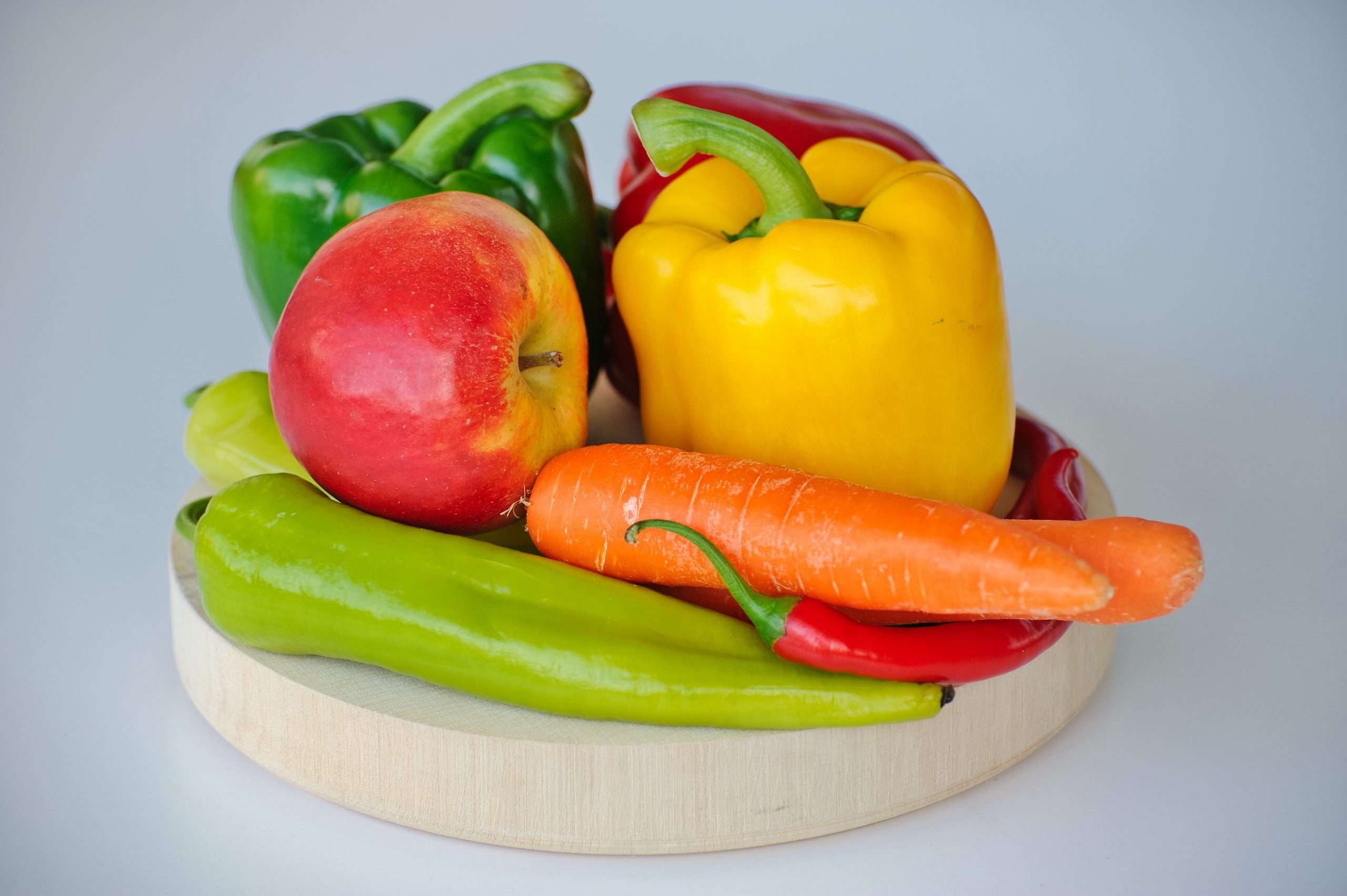
Digital Editor Weronika Bialek explores the potential of gene-edited fruits and vegetables in the fight for healthier diets
In the US, the first Crispr-edited mustard greens have hit the shelves. This type of mustard green has been gene-edited to make it tastier, in hopes that customers will choose it over less nutritious salad options. The mustard greens aren’t the first genetically edited food to be sold, in 2021, a Crispr-edited version of tomatoes was sold in Japan, which was meant to help relieve stress and lower blood pressure.
Unlike GMOs, which are made by adding genetic material from a completely different species, gene editing involves changing an organism’s own genes. This means that new plant varieties can be created much quicker than with GMOs.
Pairwise hopes to use this technology to make healthy foods more attractive to the public, for example by changing their flavour, or making them grow without seeds.
“Are Crispr-edited fruits and vegetables the future of healthy eating or just a market niche?
The introduction of gene-edited fruits and vegetables in a world that is currently struggling to eat enough greens brings up the question, are Crispr-edited fruits and vegetables the future of healthy eating or are they just a market niche which will go unnoticed by most.
Does gene-editing solve the 5-a-day problem?
In the UK, the most quoted reason for not eating enough vegetables is the cost. Although raw vegetables, such as carrots, can be bought quite cheaply, a varied amount of fruit and vegetables as well as ready cooked vegetables may be expensive for some. Gene editing could potentially help this problem, as it can be used to make plants grow bigger or to contain more of the parts that we eat. However, when used to remove seeds or enhance flavour, it is likely that genetically edited fruits and vegetables would be more expensive, since they would be seen as the more convenient variety.
Another common reason for why people claim not to eat their 5-a-day, is because fruits and vegetables aren’t convenient. For many vegetables, you need to set aside time in your day to cook them, and if you are out and about it may be difficult to find a vegetable filled meal in a fast-food restaurant.
Gene editing may help with some convenience issues, for example pit-less cherries might be more convenient to eat or some vegetables can be gene-edited to require less cooking time; however, currently Pairwise seems to be aiming to make the public’s groceries a bit healthier, rather than making fruits and vegetables more convenient to buy and prepare, which is arguably the more important factor affecting the amount of healthy food we eat.
“People are naturally sceptical of all new food that has been created in a lab
Even if gene-edited food can be created to be tastier or more convenient, there is a possibility that people will be sceptical about gene-edited foods, in the same way that many are afraid of GMOs. About half of the US adult population believes that GMOs are worse for people’s health than food which isn’t genetically engineered, even though GMOs have been found to be safe for consumption. This mindset is likely to continue over into gene-edited foods, as people are naturally sceptical of all new food that has been created in a lab.
Where are we more likely to see gene-edited foods?
Crispr also has another goal: to end world hunger. They aim to do this by creating plants which are adapted to changing ecosystems. For example, they can edit crops to be more resistant to harsh weather conditions or to be less prone to bruising so that less food is wasted while it is being transported.
These gene-edited foods are yet to be implemented; however, the first genetically edited rice crop is set to be grown in India by 2026, so we may soon see gene-edited vegetables helping the fight against global hunger.
“We may soon see gene-edited vegetables helping the fight against global hunger
Are gene-edited vegetables a future grocery staple?
Currently, not many varieties of genetically edited plants have been released to the public, and a lot of what we know about potential ideas for genetically engineered fruits and vegetables is just lab-tested ideas, yet to be confirmed as a viable option. If gene-edited foods can make healthier choices cheaper and more convenient for consumers, perhaps in a couple of years time they will replace some more inaccessible fruits and vegetables, but for now the idea seems more likely to become a health-niche than a mainstream way of eating.
Enjoyed this article? Check out more from Sci&Tech here:
Opinion: AI Art is “the end of art as we know it”
Could the Inequality Behind Birth Control be set to Change?
Climate Questions: Is Solar Engineering the Way Forward?

Comments